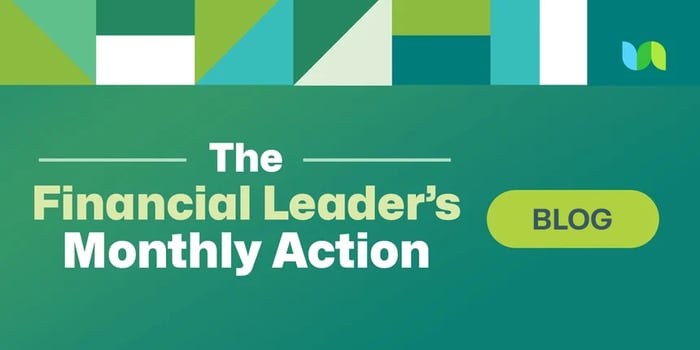We’ve released an eBook titled "The Financial Leader’s Monthly Action Plan." Each month, we are posting excerpts here on our blog. For the month of January, the theme is “Forecasting to tee up a successful year.”
For government organizations, accurate forecasting is more than simply a financial exercise; it's the cornerstone of responsible decision-making. Precise financial projections form the bedrock of the Annual Operating Plan (AOP) and Long-Range Plan (LRP), guiding resource allocation, strategic direction, and ultimately, citizen services.
As disruptions caused by the pandemic taught us, unforeseen events ("black swan" occurrences) remain unpredictable yet inevitable, necessitating flexibility and agility in decision-making. Anything can happen, so agencies must continuously refine forecasts throughout the year by comparing actuals to projections to generate a more accurate roadmap..
Pipeline vs. cash flow forecasts
Two prominent forecasting tools, pipeline and cash flow, stand at opposite ends of the reliability spectrum. Pipeline forecasts are inherently speculative and susceptible to inaccuracies. They rely on potential opportunities that may or may not materialize and don’t take into account the volatility of market conditions and unforeseen events.
Cash flow forecasts are more tangible, grounded in actual transactions and revenue streams. Cash flow reflects the real-time movement of funds and offers a precise snapshot of financial viability.
Get everyone on the same page
A common pitfall organizations encounter is creating forecasts and plans separately. This disconnect creates unrealistic expectations and hampers effective resource allocation. To break down silos, get your project teams aligned by:
- Creating a standardized approach for both planning and forecasting, using the same data sources, assumptions, and methodologies.
- Synchronizing plans and forecasts regularly, providing project teams and finance departments opportunities to have open dialogue, identify discrepancies, and make timely adjustments.
- Investing in software that enables real-time data sharing, collaborative editing, and scenario planning.
- Promoting a culture of ownership to foster accountability and motivate teams to create realistic and achievable forecasts.
- Establishing clear performance metrics to track the accuracy of forecasts and the alignment between plans and forecasts.
Forecasting excellence
Forecasting is a key component of two kinds of planning: bottom-up (or grassroots planning) and top-down planning.
Bottom-up planning (grassroots)
Bottom-up planning, or grassroots, is based on open communications with key parties in a project. It entails asking those who are close to the project, including the customer and subcontractors (project managers, functional managers, control account managers, etc.), about their needs from a resource perspective, what they perceive to be the risks and opportunities associated with the project, and what they perceive as constraints (limited skill sets, technical challenges, etc.).
Use bottom-up planning when you want to involve frontline employees or teams in the decision-making process.
Top-down planning
In the process of top-down planning, the objectives and path to achieve goals are driven from the top. High-level goals are determined and an approach to meeting them is established. These goals are then pushed down through the organization to develop a detailed course of action to achieve the desired outcome.
Use top-down planning when the problem is complex and needs to be broken down into smaller, manageable parts by first setting the big picture before diving into the details.
Suggested resources
Check out the following resources designed to help you make better forecasts.
